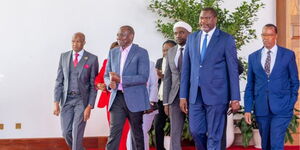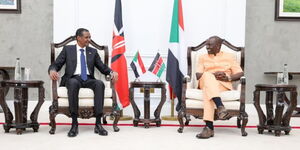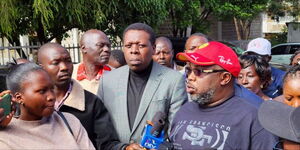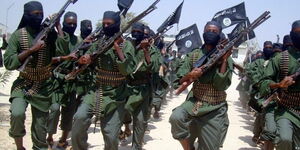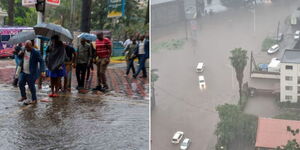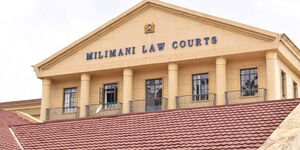Senior Counsel Paul Muite has poked holes in the government's report that attributed former Chief of Defence Forces (CDF) Francis Ogolla's chopper crash to an engine malfunction.
Muite, in a brief statement on Saturday, April 12, highlighted deficiencies in the document provided by the Ministry of Defence, claiming the report did not provide details of what caused the engine breakdown.
The renowned barrister went on to challenge the government to fully disclose what could have triggered the engine malfunction that killed the military chief.
While questioning the competence of the investigation team, Muite also called on the government to provide adequate information on the aircraft's servicing schedule.
"Given the trust deficit in the regime in power and suspicions, full details of what caused the engine failure, including servicing to exclude deliberate interference, are what people were expecting. Was there an experienced investigator who pulled out?" Muite questioned.
According to Muite, most regimes often employ complacent Commissions of Inquiry to buy time so that the outrage by members of the public can subside.
The senior lawyer revealed that Commissions of Inquiry are often employed by governments as a strategy to cover up the truth, further highlighting similarities between Ogolla's chopper crash report and that of former Interior Minister George Saitoti.
"Governments employ Commissions of Inquiry to 'buy time' so that public anger subsides, plus appointing subservient commissioners. More often than not, it’s a strategy for covering up the truth. Is there anyone who trusts the Saitoti Commission findings?" the lawyer commented.
Muite's sentiments followed hours after the Ministry of Defence released a report revealing that the chopper carrying the former CDF alongside 10 other military officers crashed due to an engine malfunction.
The comprehensive report, released on Friday, April 11, provided a detailed assessment of every aspect of the accident to establish the exact cause of the crash. During the probe, the investigators assessed factors including weather and the weight of the chopper.
After months of probing, the inquiry team concluded that the former military chief was killed by a Huey chopper acquired from the United States and which experienced engine problems, resulting in the crash.
"However, dependent on information from the survivors, after experiencing a complete power loss, the pilots of KAF 1501 attempted to control the helicopter to a clear landing zone but lost positive control of the aircraft," the probe revealed.
"Based on facts and evidence gathered, and indicated in the findings above, the Board of Inquiry believes that the Bell UH-1H-II (Huey) helicopter KAF 1501 crashed due to Engine Malfunction," the report added.


